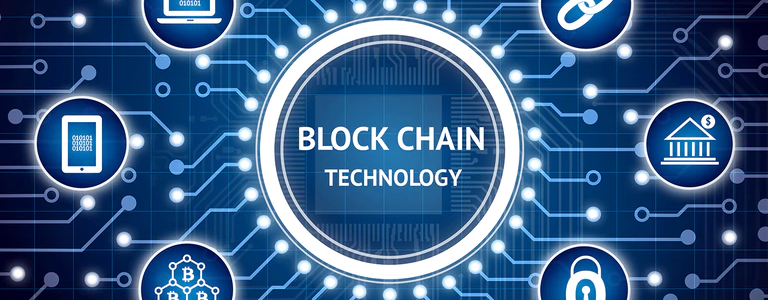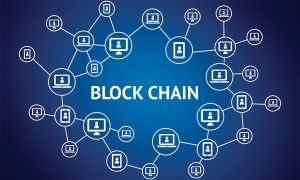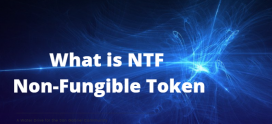
What is Blockchain
What is Blockchain?
Blockchain, also known as Distributed Ledger Technology (DLT), makes the history of any digital assets consistent and transparent through power distribution and cryptographic hashing. It is a promising and highly adaptable technology because it helps reduce risk, eliminates fraud, and exposes it in a widespread way.
Blockchain has three key concepts: blocks, nodes, and miners.
Blocks
The whole series consists of many blocks, and each block has three essential elements:
- A total of 32 called the nonce. A nonce is generated randomly when a block is generated and then generates a block title hash.
- The hash is a 256-bit number married to a nonce. It should start with a large number of eggs (e.g., very small).
- When the first block of the chain was created, the nonce formed a cryptographic hash. The information in the block is considered signed and merged indefinitely with nonce and hash unless opened.
Miners
Miners make new blocks in the chain through a process called mining.
In a blockchain, all blocks have a different nonce and hash and refer to the hash of the other block in the chain, so blocking the block is not easy, especially on larger chains. Miners use special software to solve a surprisingly complex mathematical problem of finding a nonce that has adopted an accepted hash. Because the nonce has only 32 bits and the hash is 256, about four billion possible non-hash compounds must be mined before the correct detection. When that happens, the miners have found a “gold nonce,” and their block is added to the chain.
Making a change in any block at the beginning of the chain requires reopening the mines and the block and the difference, but all the blocks will follow. This is why it is so challenging to use blockchain technology. When the block is successfully mined, change is accepted by all nodes in the network, and the miner is awarded financially.
Nodes
One of the essential ideas in blockchain technology is the distribution of power in certain areas. No single computer or organization can own a chain—instead, a distributed ledge with locations connected to the series. Nodes can be any electronic device that stores copies of the Blockchain and keep the network up and running.
Every node has its very own copy of the Blockchain, and the network must agree on an algorithm to any newly excavated block for the chain to be renewed, trusted, and validated. As blockchains are transparent, all actions on the ladder can be easily kept track of and viewed. Integrating public information with the testing and evaluation system helps the Blockchain maintain integrity and build trust between users. Blockchains can be considered growth in technological confidence.
Benefits of Blockchain
Extremely secure
It uses the digital signature feature to create fraudulent transactions that make it difficult to corrupt or alter individual data by other users without a specific digital signature.
Decentralized System
Generally, you need the approval of regulatory authorities such as a government or bank by the transaction; however, with Blockchain, transactions are conducted through user consent leading to smooth, secure and fast usage.
Automation Capability
It can be programmed and automatically create custom actions, events, and payments when triggered conditions are met.
Public vs. Private blockchains
As a peer-to-peer network connected to a distributed time-lapse server, public blockchain ledgers can be managed independently to exchange information between groups—no need for a manager. Blockchain users are the boss.
The second blockchain method, known as privacy or Blockchain, allows companies to create and manage their transaction networks that can be used within or within the company and its partners.
Additionally, blockchain networks can be used for “smart contracts” or business automation documents that work when specific terms of the agreement are met. For example, after a mass of lousy lettuce led to sick customers from e-coli, Walmart and IBM produced a series of supply-based blockchain-based products to track the product from the farm to the table. Walmart has asked its product providers to enter their data into the blockchain database by September 2019. Once it is in the Blockchain, the product can be automatically tracked with smart points from point to point, eliminating personal interference and errors.




